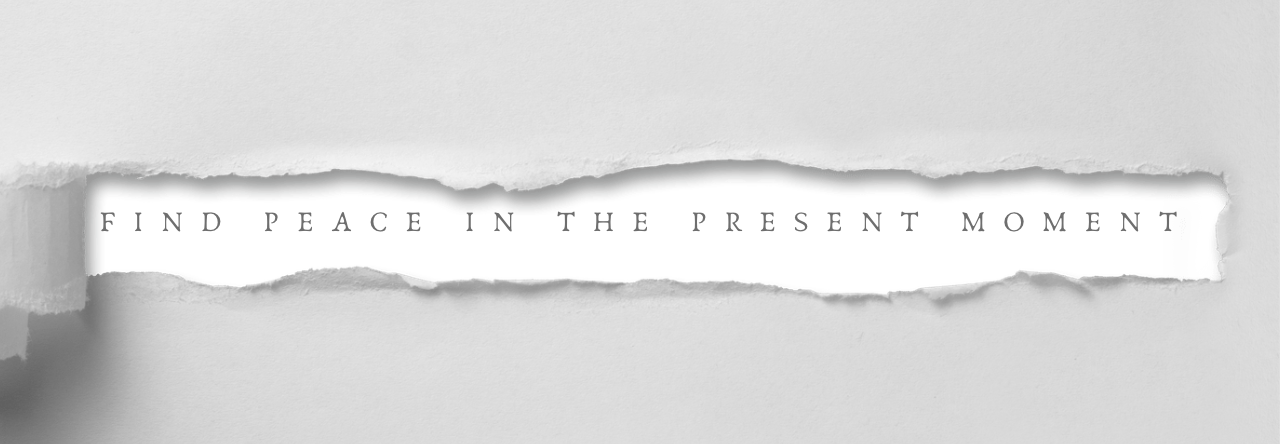In today’s fast-paced world, it’s easy to become overwhelmed and stressed out. Technology has made our lives more convenient in many ways, but it has also created a constant barrage of notifications, emails, and messages that can be difficult to manage. This is where mindfulness and digital detox come in. By learning to be more present and intentional with our use of technology, we can find balance in our lives and reduce stress levels.

Photo by Vadim Sherbakov on Unsplash
What is Mindfulness?
Mindfulness is the practice of being present and fully engaged in the current moment. It involves paying attention to your thoughts, feelings, and surroundings without judgment. Mindfulness can be practiced in many different ways, including meditation, deep breathing, and yoga. The goal of mindfulness is to reduce stress and increase well-being by helping individuals focus on the present moment instead of worrying about the future or ruminating on the past.
What is Digital Detox?
Digital detox is the practice of disconnecting from technology for a period of time. This can include turning off your phone, avoiding social media, and staying away from the internet. The goal of a digital detox is to reduce stress and improve overall well-being by giving your brain a break from constant stimulation. By unplugging from technology, individuals can focus on other activities and experiences that bring them joy.
Why Practice Mindfulness and Digital Detox?
The benefits of practicing mindfulness and digital detox are numerous. By practicing mindfulness, individuals can reduce stress levels, improve focus, and increase feelings of well-being. Mindfulness has also been shown to be effective in treating depression, anxiety, and other mental health conditions.
Similarly, digital detox can be a powerful tool for reducing stress and improving overall well-being. Studies have shown that excessive use of technology can lead to negative mental health outcomes, including depression and anxiety. By taking a break from technology, individuals can reduce the impact of these negative effects and improve their overall quality of life.
Tips for Practicing Mindfulness and Digital Detox
If you’re interested in incorporating mindfulness and digital detox into your life, here are some tips to get started:
Start Small
It’s important to start small when practicing mindfulness and digital detox. Don’t try to completely overhaul your life all at once. Instead, start by setting small goals for yourself, such as meditating for five minutes each day or turning off your phone for an hour each evening.
Create a Routine
Creating a routine can help make mindfulness and digital detox a habit. Set aside time each day or week to practice mindfulness and digital detox. This can help ensure that you make time for these activities, even when life gets busy.
Be Mindful of Your Technology Use
Being mindful of your technology use is an important part of digital detox. Try to limit your use of technology to specific times of the day, such as during work hours or in the evenings. Set boundaries for yourself, such as not checking your phone during meals or when spending time with friends and family.
Find Activities You Enjoy
Finding activities that bring you joy is an important part of digital detox. Instead of scrolling through social media or watching TV, try engaging in activities that don’t involve technology, such as going for a walk or reading a book.
Practice Self-Care
Practicing self-care is an important part of both mindfulness and digital detox. Make sure to take care of yourself by getting enough sleep, eating a healthy diet, and engaging in regular exercise. Self-care can help reduce stress levels and improve overall well-being.
Seek Support
If you’re struggling to incorporate mindfulness and digital detox into your life, seek support from friends, family, or a mental health professional. Talking to someone about your struggles can help you stay motivated and accountable.
In conclusion, practicing mindfulness and digital detox can have a significant positive impact on our overall well-being. In our technology-driven world, it’s easy to become overwhelmed and stressed out, but with intentional practice, we can find balance and reduce stress levels. By incorporating mindfulness practices, we can increase our focus and attention, reduce stress, and improve our mental health. Similarly, by taking a break from technology through digital detox, we can reduce the negative effects of excessive technology use, including anxiety and depression. With the tips provided, we can start small and build a routine, be mindful of our technology use, engage in enjoyable activities, practice self-care, and seek support when needed. By prioritizing mindfulness and digital detox, we can improve our overall well-being and find a healthy balance between technology and our daily lives.

Leave a Reply